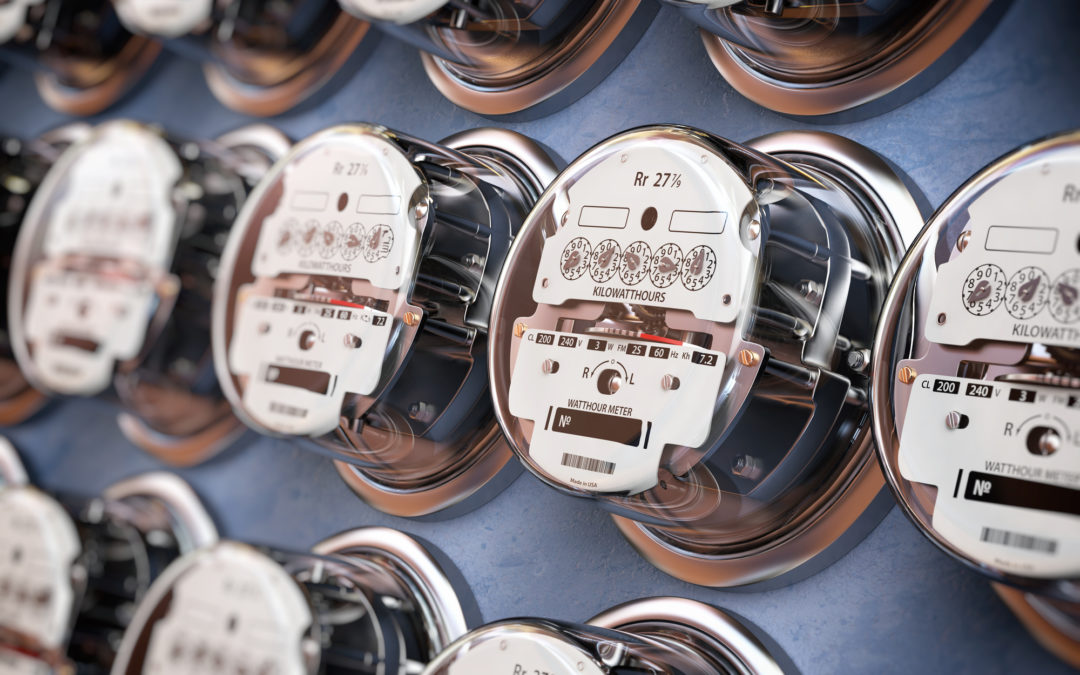Energy is more than a fixed cost – it’s a controllable expense
By Mark Zoller,PE, CxA, CEM, LEED AP, Paladin, Inc.
If you’re one of those people who think the electricity bill is just another check to write, you may be missing out on the opportunity to improve your bottom line. Building owners across the country who have invested in state-of-the-art equipment and monitoring are discovering that success requires more than HAVING the data. The winners in the building management game are putting that information to work.
Even though everyone deals with them, utility bills can be surprisingly hard to understand (even for the trained eye) and even more challenging to leverage. I’ve met plenty of engineers in my time, both while working at an electric utility and now as a building commissioning and design specialist, who didn’t fully understand the intricacies of their bill or even the right words to use.
Many engineers or building managers never even see the utility bill – it goes right to their company’s accounts payable department where it’s seen as just another fixed capital cost and a check to be cut by the 15th of the month. If you are in that position, I encourage you to march down to AP and get a copy of the latest bill (or remember it’s 2018 and send an email requesting one.) The detail you find could change your game.
Once you get your hands on the bill, it’s important to do a few things:
LEARN THE LANGUAGE: It’s important to have a working knowledge of the language on your bill so you can start your interpretation. Key terms and indicators include:
- Reading Cycle. This timeframe measurement may not run from the first of one month to the next. When you start to compare consumption to your use calendar (detailing what you did on a particular day) your dates MUST be aligned.
- Energy vs. Power. You might think the terms are interchangeable, but energy is associated with consumption, logged in Kilowatt-Hours used (like an odometer) while power is associated with demand, measured in Kilowatts (like a speedometer). You can reduce the former by managing the latter.
- Tariff: Depending on your contract with the electric utility, your prices may fluctuate based on the day of the week or time of day. This is vital information.
KNOW YOUR CONTEXT: As you start to delve into your bill, it’s important to understand what else was going on during times of increased or decreased consumption as well as how that usage compares to past months and years. Some electric bills will include a temperature data overlay to allow you to correlate usage with environmental factors. Adding what you know about building occupancy and activities during usage spikes provide critical context as well.
FACTOR IN YOUR DATA: If you’re like a lot of engineers or building owners, you have access to a sizable amount of internal usage measurements, captured from monitors on everything from individual pieces of equipment to submetering panels segregated to consumption groups like lights or pumps. If you’re not using the generated data, your investment in the meters is going to waste.
PUT IT ALL TOGETHER: When you start synthesizing your data, you’re likely to start seeing patterns of use, with fluctuations that follow critical events in the course of a day or week. If you are a manufacturer, you can establish a baseline by calculating your average energy per unit produced then work to whittle down that cost. For example, you might rearrange your production schedule to shift your power demand to a time of day when your tariff incentivizes lower prices.
TAKE ACTION: While any organization of thinking people is susceptible to paralysis by analysis, it’s important to follow your analytical efforts with a plan of action. You might have to work a little harder to persuade management to modify work schedules, alter the duration of a production run, or invest in lower-wattage LEDs, but your well-kept data will be a key tool in your persuasive efforts.
PAY ATTENTION: As you start working on the behavioral aspects of energy usage and conservation, your ongoing utility bill analysis can also be the first indicator to alert you to a problem. A spike in usage might indicate a pump with a failing bearing using more electricity to overcome increased friction or a building automation schedule that has malfunctioned, causing equipment to run longer than necessary. Let it be the canary in your coalmine.
One last tip I offer, as a former power company engineer, is a simple one – recruit your electric company as a partner in your efforts to conserve. It may sound counterintuitive for a company to work with a customer to buy less of their product, but the good ones know that your satisfaction can lead to more business and a partner who will help them manage their overall system load in times of high demand which reduces their wholesale costs, creating savings which may be passed along to the consumer.
If you’re not confident in your ability to read your bill and monitor data then make adjustments for optimal performance, hire a professional so you don’t miss out on all the improvements you can make, the money you can save and the credit you can get for your genius.

